Violence is tearing Mali and the Sahel apart. But who are the armed groups behind the bloodshed? Where are international actors stationed in the region? And what motivates them all? This project maps jihadist and non-jihadist groups and pinpoints the presence of external actors in the region as of May 2019.
Movement for Oneness and Jihad in West Africa (MUJAO)/Al-Mourabitoun
MUJAO split from AQIM in October 2011, following accusations that AQIM was too dominated by Arab commanders and criticisms of its methods of jihad. From the beginning, MUJAO had a clearly Sahelian orientation, framing its fight in terms of historical jihads fought in the region in the nineteenth century and openly promoting its recruitment of Sahelian and sub-Saharan Africans. MUJAO controlled Gao during the occupation, but still maintained contact with AQIM and Ansar al-Din. In August 2013, MUJAO and its military command under the Gao Arab Ahmed Ould Amer (Ahmed al-Tilemsi, since killed by French forces) joined Mokhtar Belmokhtar’s Katibat al-Mulathimeen and Katibat Mouwaqun bi dima (“those who sign in their blood”) to form al-Mourabitoun, a reference to the Almoravid empire that burst forth from the Sahara in the medieval period and eventually conquered much of north Africa and Spain.
MUJAO split in 2015, with part of the group’s fighters becoming the Islamic State in the Greater Sahara under Adnan Abu Walid al-Sahraoui, and the rest remaining with al-Mourabitoun and eventually joining JNIM. One al-Mourabitoun leader was part of JNIM’s founding group, Hassan al-Ansari, an Arab fighter from the Tilemsi valley north of Gao. He was killed near the Algerian border by French forces in February 2018, along with a few other important figures from JNIM. Al-Mourabitoun has carried out some of AQIM’s and subsequently JNIM’s larger-scale attacks. The group specialises in complex attacks on ‘soft’ targets, such as the Radisson Blu hotel in Bamako in November 2015, the Cappuccino Café and HOTEL TK in Ouagadougou in January 2016, and at Grand Bassam in Côte d’Ivoire in March 2016. But it has also attacked hardened military bases such as the attack on the Mécanisme Opérationnel de Coordination (MOC) in Gao in January 2017 that killed dozens of people.
